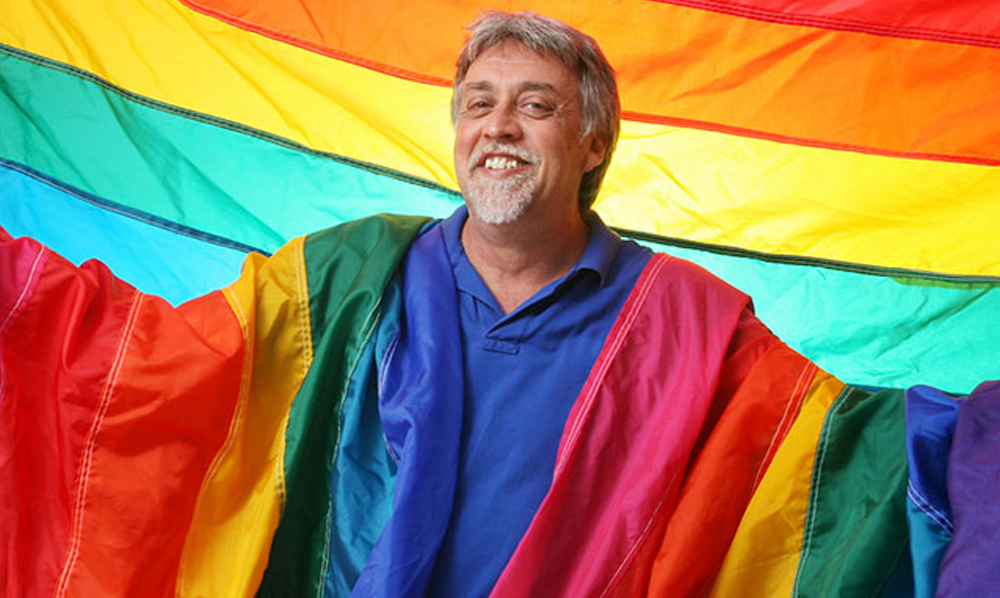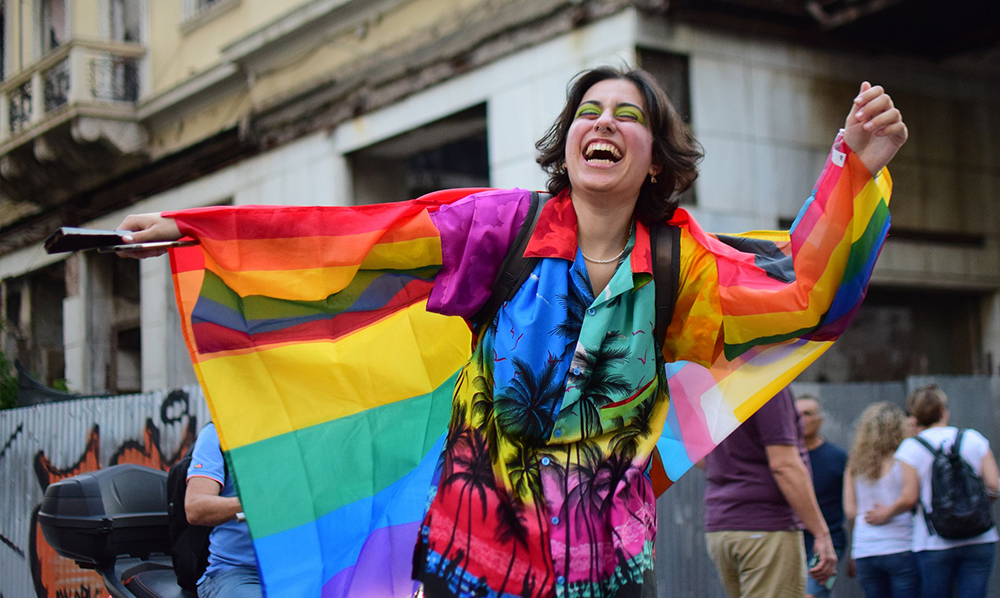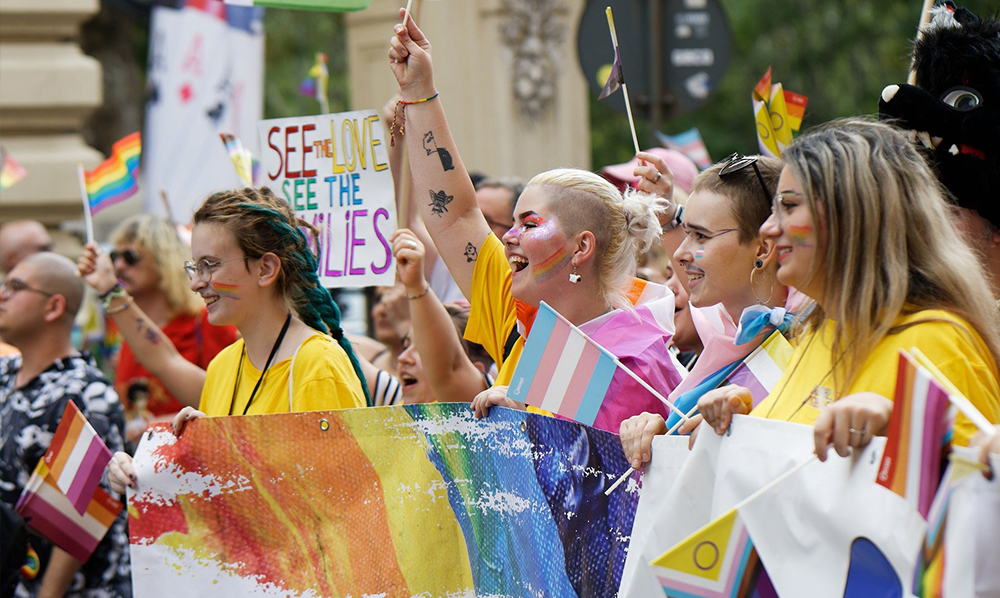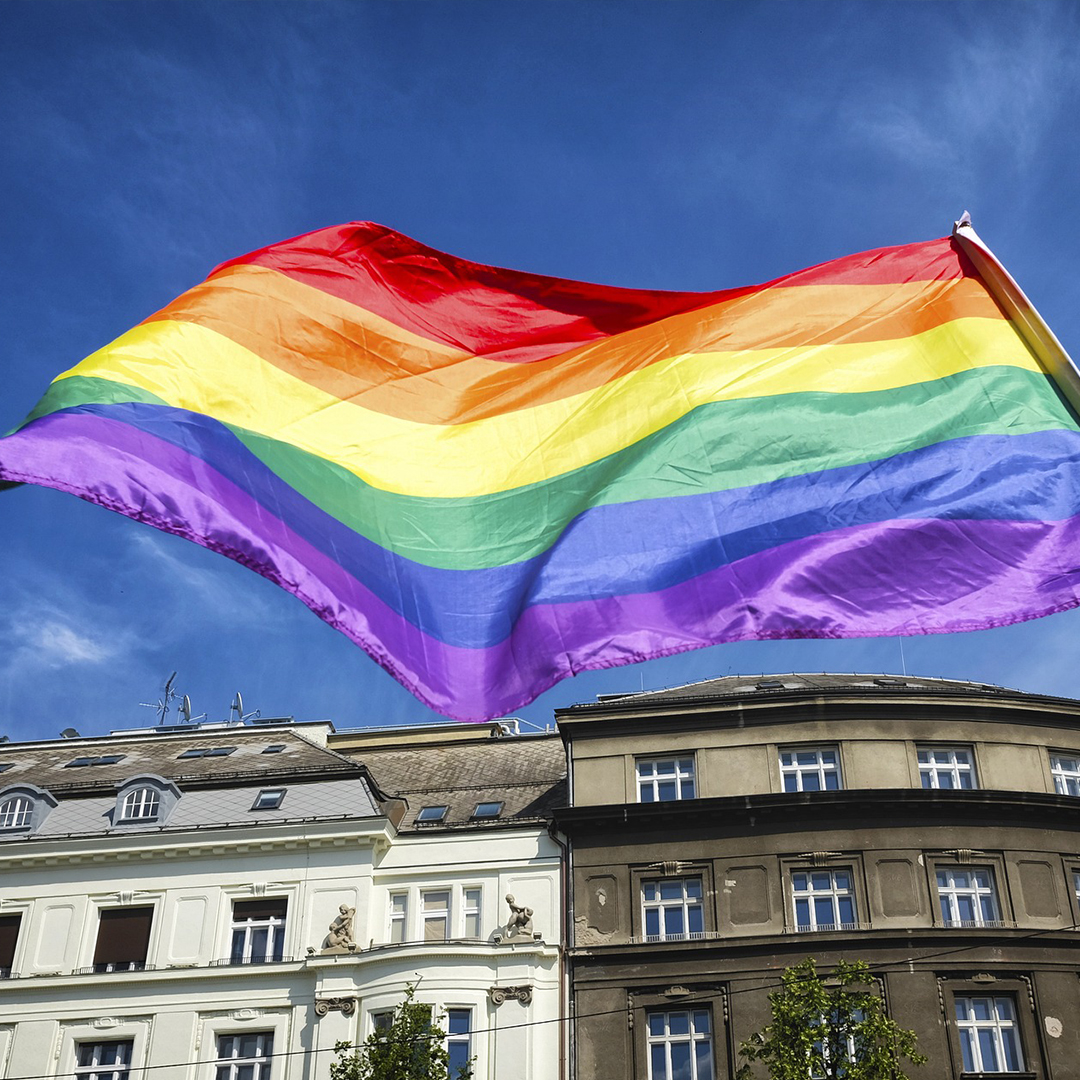The rainbow flag first emerged as a symbol for LGBTQ in 1978. But why the rainbow of all possible alternatives? In this article, we talk about the symbolism of the rainbow for gay pride and its importance.
The Introduction
Gilbert Baker, an Army veteran and gay rights activist, designed the rainbow flag upon the request of Harvey Milk, a gay politician. Initially, Baker designed the flag with eight colours, each with a special meaning.
Pink represented sex, red embodied life, orange was for healing, yellow a symbol for sunlight, green for nature, turquoise for magic, blue for peace, and violet for spirit.
Since printing was quite expensive back in the day, Baker reduced the colours to six. He removed pink as it was costly to print and merged turquoise with blue to improve the functionality of the flag.

Symbolism of Rainbow for Gay Pride
It’s interesting to note that of all the symbols, Baker chose the rainbow. But then looking at the history of gay pride revolution, it is not a surprise that Mr Baker chose a bright meteorological phenomenon. Closeted gay people often used bright colours as a signal to others about their sexuality.
The colour green is also associated with Oscar Wilde, a homosexual poet in the Victorian era who was trialled for his sexual orientation. During the Holocaust, Nazis forced gay men to wear pink triangles as a symbol of defiance to their sex. The colour yellow served a similar purple in Australia and purple in the United States.
The rainbow flag brings all these colours together and merges them into one unified symbol representing the Lesbian, Gay, Bisexual, Transgender, and Queer as one solidified community. The flag took colours meant to depict them as outcasts and turned them into a representation of their struggles.
Baker, recalls watching people’s faces light up as they saw it, and it needed no explanations. It accurately represented their diversity in terms of age, race, gender, and was yet a symbol of solidarity and one of hope as it has been throughout history.

Other Organisations that Use the Rainbow
No longer is the rainbow flag, just a symbol of gay pride. People also use it to express solidarity with the LGBTQ community. Some people add brown and black stripes for racial inclusivity. In 2001, a black stripe was added to the flag to create awareness for Aids.
The International Co-operative Organisation also uses the rainbow as a symbol of solidarity, social justice, and universal peace. The organisation first adapted the rainbow flag in 1925 to signify diversity yet solidarity among co-operatives worldwide.
In Italy, the flag is used as a symbol of peace. Amid the recent lockdown, people have put up a painting of the rainbow all across Europe as a sign of hope that better days are to come. Perhaps that is also the reason why Gilbert chose the rainbow as a symbol of gay pride.
Both in the 1970s and now, the rainbow became an important symbol signifying solidarity regardless of the colour, ethnicity, or sex. The symbolism of the rainbow for gay pride is so important that even as the movement evolves, the flag remains.We take pride in the creation of our rainbow socks, it is fantastic how so much positive energy comes from a simple symbol symbol such as the rainbow. We are proud to knit this pattern on our socks, your feet will look bright, diverse and full of energy.



 Connor Doughty
Connor Doughty